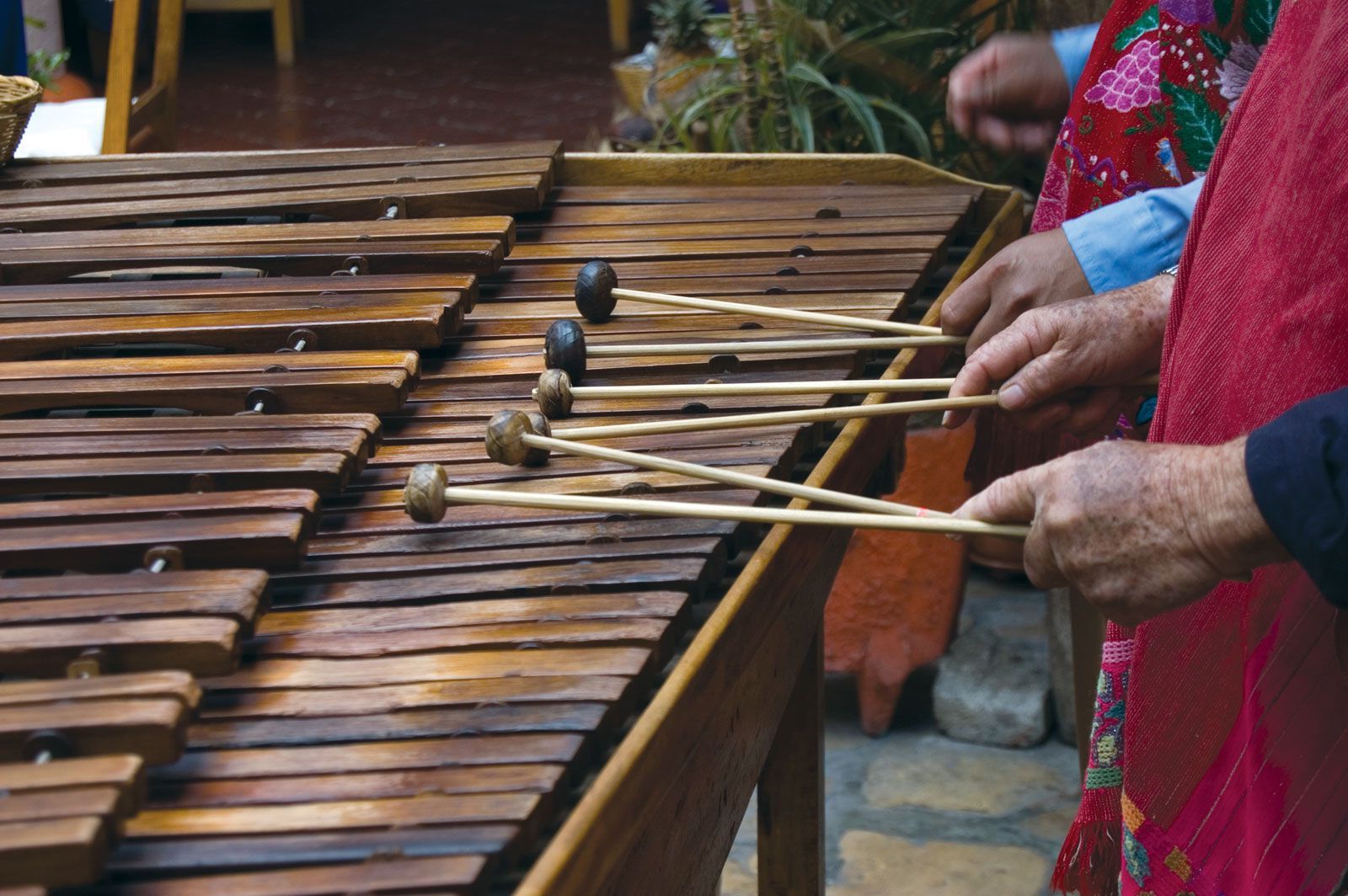
What makes the marimba unique? The marimba stands out due to its rich, warm tones and its impressive range. Originating from Africa and later refined in Latin America, this percussion instrument features wooden bars struck with mallets, producing a sound that's both resonant and melodic. Unlike other percussion instruments, the marimba can play complex melodies and harmonies, making it versatile for various music genres. Its bars, often made from rosewood or synthetic materials, are arranged like a piano keyboard, allowing for intricate performances. The addition of resonators beneath each bar amplifies its sound, giving the marimba its distinctive, full-bodied voice.
Key Takeaways:
- The marimba is a unique percussion instrument with resonators that amplify its sound. It originated in Africa and has been embraced by cultures worldwide, from Guatemala to Japan.
- Playing the marimba requires skill and practice, with techniques like rolling and glissando creating versatile sounds. It has a rich history in traditional ceremonies and modern Western music.
What is a Marimba?
The marimba is a fascinating percussion instrument with a rich history and unique sound. Originating from Africa, it has found its way into various musical genres worldwide. Here are some intriguing facts about this instrument.
- The marimba is a type of xylophone, but it has resonators attached to each bar to amplify the sound.
- It originated in Africa and was brought to Central America by African slaves.
- The name "marimba" comes from Bantu languages, where "ma" means many and "rimba" means single-bar xylophone.
- Traditional marimbas were made from wood, but modern versions often use synthetic materials.
- The instrument is played with mallets, which can be made from rubber, yarn, or other materials.
The Structure of a Marimba
Understanding the structure of a marimba can help appreciate its unique sound and versatility. The design has evolved over time, but some elements remain consistent.
- Marimbas typically have a range of four to five octaves.
- The bars are arranged like a piano keyboard, with the longer bars producing lower pitches.
- Resonators, usually made of metal or PVC, are placed beneath each bar to enhance the sound.
- Some marimbas have adjustable resonators to fine-tune the instrument's pitch.
- The frame is often made of wood or metal, providing stability and support.
Playing Techniques
Playing the marimba requires skill and practice. Various techniques can produce different sounds and effects, making it a versatile instrument.
- Players use two to four mallets, allowing them to play multiple notes simultaneously.
- The grip technique for holding mallets can vary, with the traditional grip and Burton grip being the most common.
- Rolling, a technique where the player rapidly alternates between two mallets, creates a sustained note.
- Dead strokes, where the mallet remains on the bar after striking, produce a muted sound.
- Glissando, sliding the mallet across the bars, creates a sweeping effect.
Marimba in Different Cultures
The marimba has been embraced by various cultures, each adding its unique touch to the instrument's use and significance.
- In Guatemala, the marimba is the national instrument and is often played in traditional ceremonies.
- Mexican marimbas are larger and often played by multiple musicians.
- In Japan, the marimba is used in contemporary classical music and educational settings.
- African marimbas are typically smaller and used in traditional folk music.
- The instrument has also found a place in modern Western music, including jazz and orchestral compositions.
The Marimba's Magic
The marimba isn't just an instrument; it's a bridge between cultures, a storyteller through sound. From its African roots to its Latin American evolution, this percussion marvel has enchanted audiences worldwide. Its rich, resonant tones can evoke a range of emotions, making it a favorite in both classical and contemporary music.
Understanding the marimba's history and unique characteristics deepens our appreciation for its music. Whether you're a musician or a music lover, knowing these facts can enhance your listening experience. The next time you hear a marimba, you'll recognize the craftsmanship, tradition, and artistry that go into every note.
So, next time you see a marimba performance, remember the journey this instrument has taken. Its magic lies not just in its sound but in its story. Keep exploring, keep listening, and let the marimba's music inspire you.
Frequently Asked Questions
Was this page helpful?
Our commitment to delivering trustworthy and engaging content is at the heart of what we do. Each fact on our site is contributed by real users like you, bringing a wealth of diverse insights and information. To ensure the highest standards of accuracy and reliability, our dedicated editors meticulously review each submission. This process guarantees that the facts we share are not only fascinating but also credible. Trust in our commitment to quality and authenticity as you explore and learn with us.
